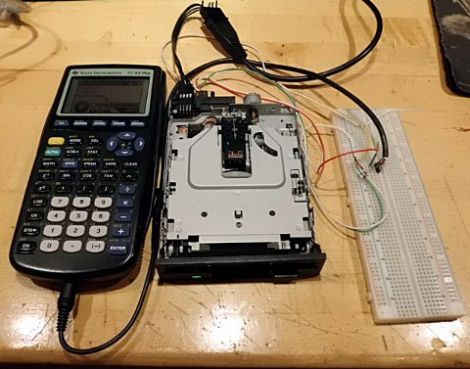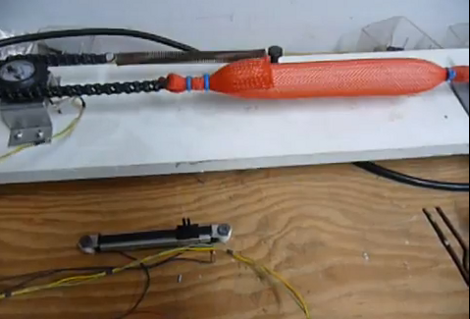
We must admit that we’ve been guilty of using a microcontroller to make two LEDs blink alternately in the past. It’s not the worst transgression, but it stems from our discomfort with analog circuits. Luckily, [Ray] published an illustrated guide on building multivibrator circuits. This is a simple method of assembling a two-output oscillator. All it takes is a pair of NPN transistors, which are then switched by on and off based on a resistor-capacitor (RC) timer.
[Ray] does a good job of walking us through how the circuit works at each stage of one complete cycle. You’ll need to read carefully, but the supplementary schematics he uses to water down snap shots of the various electrical states really helped us understand.
Of course, blinking LEDs isn’t the sole purpose of a multivibrator. It is a method of producing a clean square wave which can be used as a clock signal for TTL logic chips. Oh, who are we kidding, see the blinky goodness for yourself in the video after the break.
















